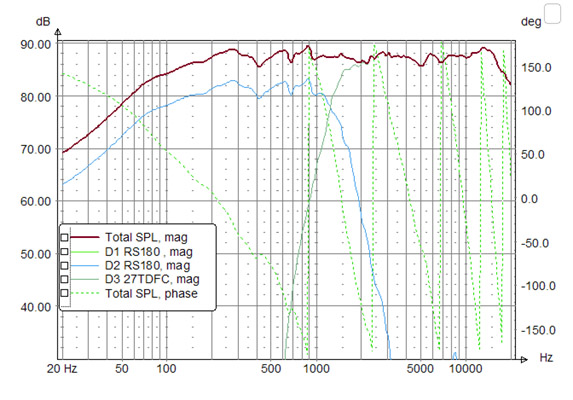Just working on my MTM project anyone want to comment on this crossover. Its the first of my own design so be gentle. not sure but the peaks on the midbass drivers between 5k and 10k scare me a bit. I wonder is if that will come through as noise or at least make those areas sound soft or muddy.
Bri
Bri










Comment